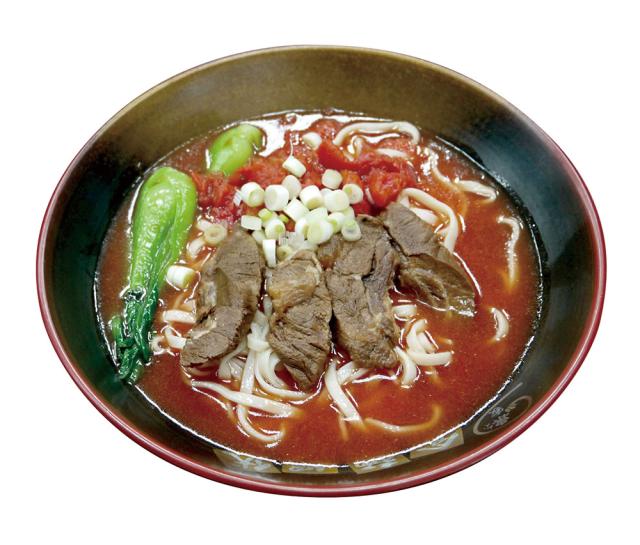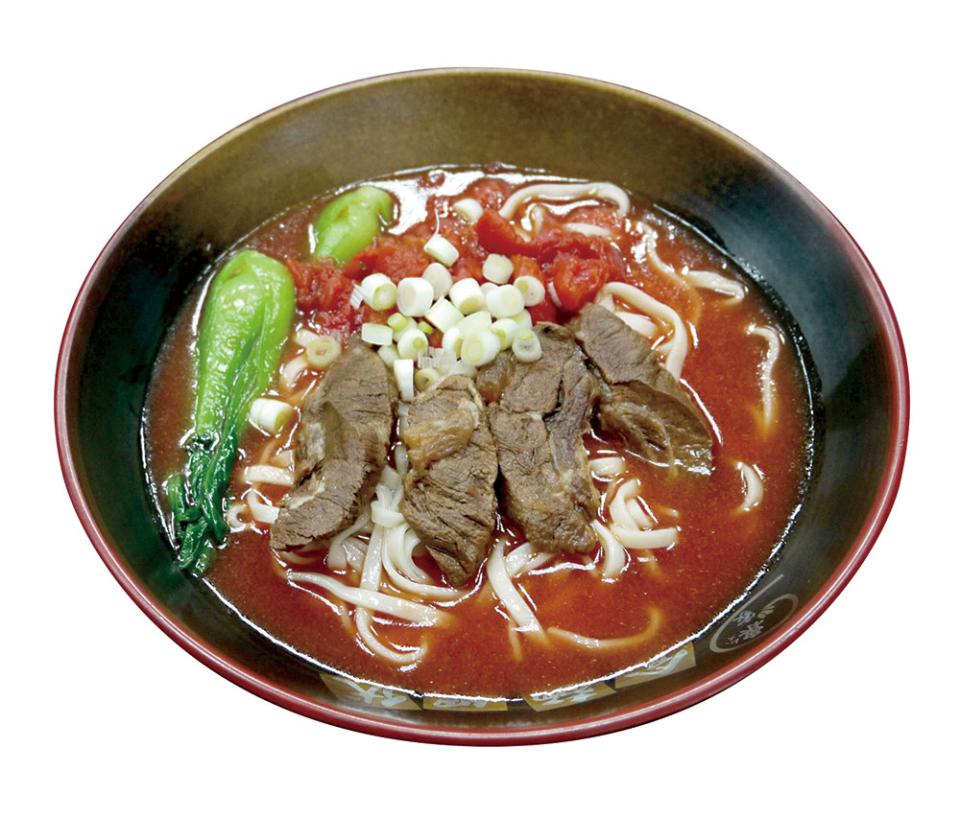Taiwanese cuisine is the perfect example of fusion done right. The local flavors of the island mix with mainstream Chinese ingredients and Japanese influences, making dining a truly multicultural pursuit.

Photo by CNS
Taiwanese cuisine is the perfect example of fusion done right. The local flavors of the island mix with mainstream Chinese ingredients and Japanese influences, making dining a truly multicultural pursuit.
Early Han and Hakka settlers from the Chinese mainland landed on Taiwan’s palm-fronded shores with tastes of home in their knapsacks. In the east coast city of Hualian I stumbled across a family-run breakfast nook. The grandparents of the proprietors hailed from Shandong Province and sold delights from this famous food region in their shop. Their dishes have now evolved, taking advantage of local produce, to serve a traditional Taiwanese breakfast of fried dough sticks and egg pancakes, among other sweet and savory delicacies.
If you just want fruit for breakfast, even something this apparently simple is still served with a fusion twist. It is well known that the quality of Taiwanese fruits and vegetables is particularly good, with sweet guava and knobbly bitter gourd particular star turns. However, next to none of the fruits and vegetables grown on the island are native. Imported produce has, over decades of cultivation, taken on unique flavors from the Taiwanese climate and terroir. Tropical herbs are a favorite; order a dish of stir-fried clams, for example, and, along with the mainland staples of chili, garlic and ginger, you’ll find locally grown basil, with its sharp, almost mint-like flavor, making a surprise appearance.
The influence of the Japanese, who ruled the island from 1895-1945, is unmistakable. Aside from a sushi bar on every corner in the big cities, sashimi vans pass through the small towns that line the island’s east coast on a daily basis. Slices of fresh tuna with a tub of wasabi-infused soy sauce are the perfect snack for a long road trip. Japanese-style bento boxes are also popular throughout the island as a somewhat healthy and beautifully presented convenience food. Pork rice bento is a particularly toothsome find – sold in Taipei, with chunks of scrumptiously tender pork, smothered in a thick and fatty gravy and topped with a crisp fried egg, it is perhaps one of the most moreish dishes in town.
Taiwan’s tastiest surprises are found in its world-famous night markets, the beating heart of the island’s buzzing nightlife. Clusters of food stalls are buried among mazes of clothing and knickknack stalls – just head for the columns of smoke and steam, laced with the pungent aroma of stinky tofu. A plethora of snacks are always on offer, but Taiwan's local seafood seems to find its way into even the most ordinary of dishes, such as the divine oyster omelets. Fresh oysters are fried a dozen at a time on a large, round griddle, with fresh eggs cracked over the top. This extremely local combination is typically served with a mainland flourish – a generous drizzle of sweet and sour sauce.
But no dish in Taiwan is as perfect a representation of fusion than lamian – pulled noodles. While beef noodle soup is a staple all over China, the Taiwanese version, with the stock flavored with locally grown tomatoes and the noodles pulled to udon-like thickness, the dish brings together the mainland, Taiwan and Japan in a lip-smacking collision of flavors and textures.

 Old Version
Old Version
